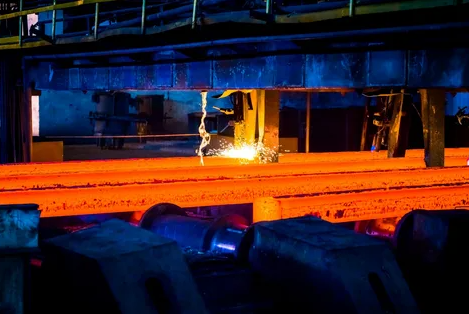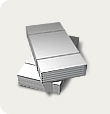Traditionally, Indian steelmakers export their products when or when it is difficult to sell more on the domestic market, or when the foreign market offers relatively higher sales. In the first case, it is known as an exportable surplus, and there is no conscious effort to create a permanent destination to explore and develop future supplies, and due to the inevitable nature of exports taken to clear stocks, there are no efforts to negotiate a better deal either. In the second case, which is rare since high world prices always lead to higher domestic prices, there is a need to find a stable destination that provides long-term prospects with the ability to negotiate a better deal that promotes the export of the value of the added steel.
The multilateral trade model, as indicated by the aforementioned simplified version of the market mechanism, has undergone significant changes, giving way to bilateral treaties, free trade agreements and pacts between the bloc of countries.
Unsurprisingly, lost exports from South Korea, Japan and China to the United States have found access to the Indian market due to tariff increases. Therefore, these countries are the maximum beneficiaries of the growing Indian steel market. These countries are the maximum beneficiaries of the growing Indian steel market.
The current market implementation in the Indian domestic market offers even higher yields compared to the ruling world steel prices and therefore there is no export drive. Judging by the trend of investment demand for infrastructure and the gradual growth of the manufacturing sector in the country and the restraint of demand growth in regions other than the USA and the EU (blocked partially or completely), it is obvious that domestic steel prices will continue to move in a higher field compared to global the price level in the coming months. In such circumstances, it is appropriate that all related export activities (choosing wise product destinations, fixing supply chain conditions including hedging, Indian steel producers should regularly analyze price futures) so that the transition from domestic to export becomes easy and smooth in a short time frame. Careful monitoring of import trends is also necessary (imports at 6.7 million tonnes in the first 9 months are only 1.6% lower than last year, making India a net importer).
Subscribe to news 
Metallurgy news
- Today
17:00 - 12 December 2025
18:00 Mexico approves new tariff hike against China 18:00 CAAM: Sales of new energy vehicles in China increased by 31.2 percent in January-November 2025 17:00 OCBC supports Singapore's Green Esteel's $1.5 billion HBI project to boost low-carbon steel supplies 17:00 China introduces new rules for steel exports 16:00 Thyssenkrupp returns to net profit in fiscal year 2024-2025 16:00 Jingjiang Yongjin Chinese company modernizes reverse cold rolling mill in Jiangsu 15:00 Ukrainian Interpipe took up the development of new equipment and products
Publications
13.12 Golden Goose: Beauty is in the dark 10.12 Advantages of a beer business franchise: stability, brand support, proven business models 09.12 Windows Installation Services 09.12 Industrial Partners Services 08.12 Official air conditioning service Climat Center






